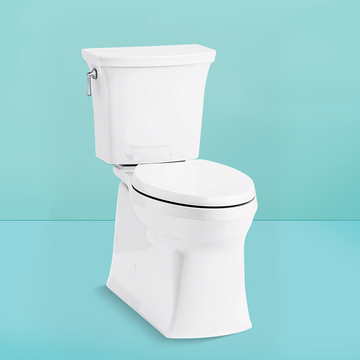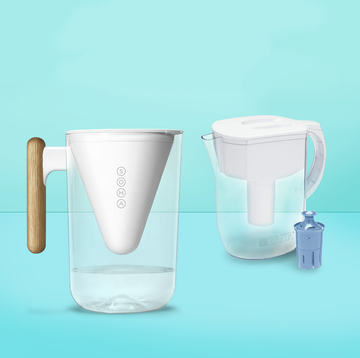3 Best Carbon Steel Pans of 2024, Tested by Kitchen Experts
Carbon steel is becoming more popular with home cooks. Here's what you need to know.
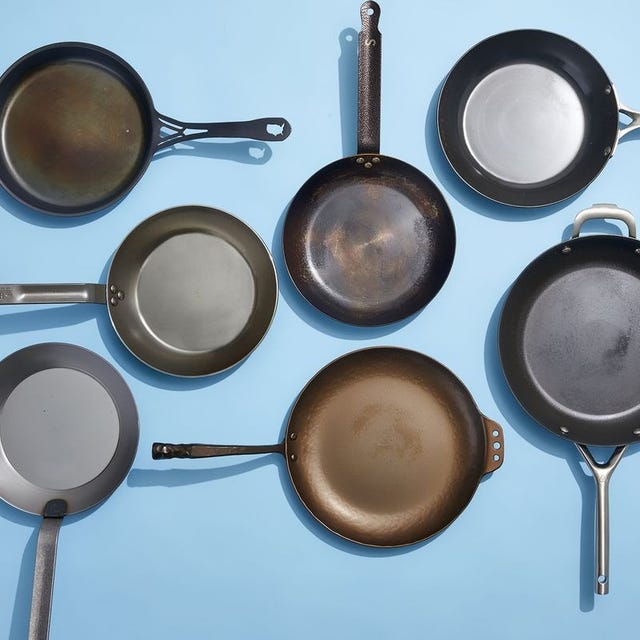
We've been independently researching and testing products for over 120 years. If you buy through our links, we may earn a commission. Learn more about our review process.
Carbon steel cookware is still the new kid on the block for most home cooks. But our kitchen experts are big fans. Carbon steel is a durable and versatile material that delivers the best of stainless steel cookware and cast-iron cookware. It's lightweight and responsive to heat, like stainless steel, and it can develop a naturally nonstick surface with seasoning, like cast iron. It works with all cooktops, including induction; it's generally oven safe, and some can even withstand open-flame cooking, like on the grill or over a campfire.
The experts in the Good Housekeeping Institute Kitchen Appliances & Innovation Lab test all kinds of cookware, including nonstick pans, ceramic cookware sets and Dutch ovens. We tested 18 carbon steel pans to find the best, cooking eggs and steak and performing a test to check the pan's ability to distribute heat. We assessed the shape and weight of each pan and noted whether it was easy to clean.
Sarah (she/her) is a deputy editor in the Good Housekeeping Institute, where she tests products and covers the best picks across kitchen, tech, health and food. She has been cooking professionally since 2017 and has tested kitchen appliances and gear for Family Circle as well as developed recipes and food content for Simply Recipes, Martha Stewart Omnimedia, Oxo and Food52. She holds a certificate in professional culinary arts from the International Culinary Center (now the Institute of Culinary Education).
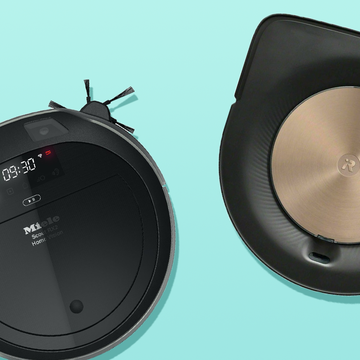
The Best Robot Vacuums
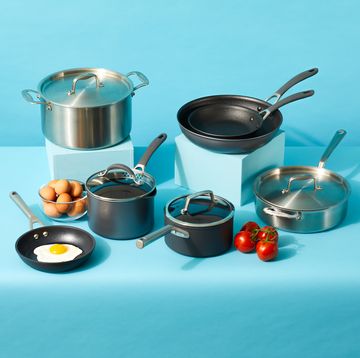
The Best Nonstick Cookware
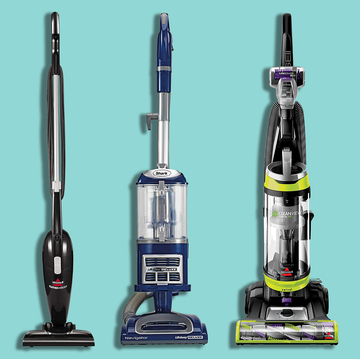
The Best Vacuums on Amazon

The Best Water Flossers of 2024
















